Travel Guide
Americans Face 1-3 Hour Delays In European Destinations Due To New Fingerprinting Rules
You’ve booked the flights, dreamed of the culture and are counting down the days until your European getaway. But a new, high-tech security system being rolled out at major airports is turning that dream arrival into long lines and delays for Americans landing in some European destinations. While some Americans are flying through the new system in minutes, others are reporting confusion and long wait times. It will all depend on where and when you land.
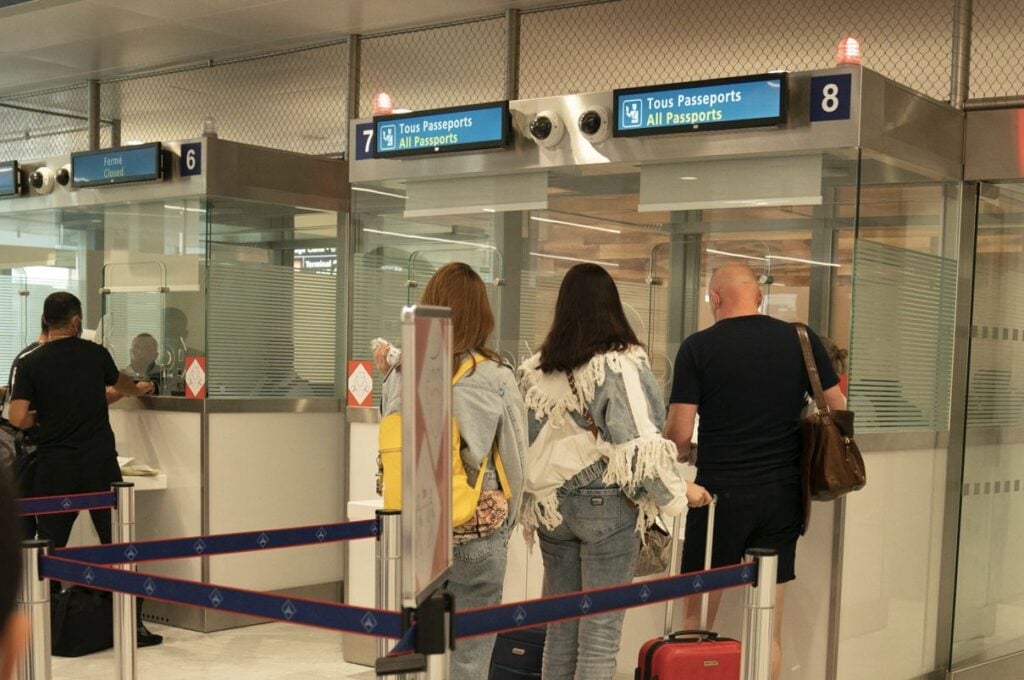
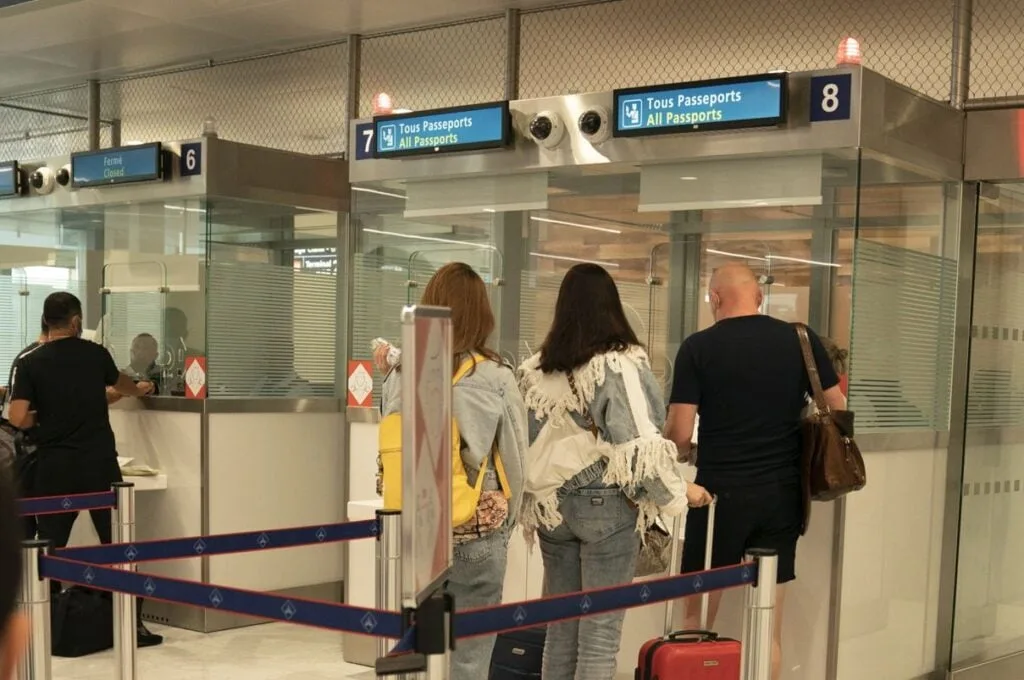
Here at Travel Off Path, we’re all about giving you the real, on-the-ground intel you need to travel smarter. We’ve been tracking a surge of reports from travelers and official sources, and the story is clear: the confusing, country-by-country launch of Europe’s new biometric border rules is causing delays, with some Americans reporting waits of up to three hours just to get through immigration. Below we will go over the airports with the longest delays and what you can expect for your flight.
Here’s what you need to know before you fly.
First day of the new biometric screening for non EU nationals. The EU queue in Brussels airport virtually non existent in comparison pic.twitter.com/vfN2zDOA1s
— Joe Lynam (@JoeBLynam) October 13, 2025
What Exactly Is Happening at the Border?
This is all part of the EU’s new Entry/Exit System (EES), the high-tech process that is replacing traditional passport stamps. Instead of a border officer stamping your passport, non-EU travelers now have to use a self-service kiosk to provide their biometric data: specifically, four fingerprints and a facial photograph.
While the goal is to speed things up in the long run, the initial rollout has been a disaster in several key airports. A perfect storm of technical glitches, insufficient staffing to help confused passengers, and a lack of clear instructions is creating massive bottlenecks.
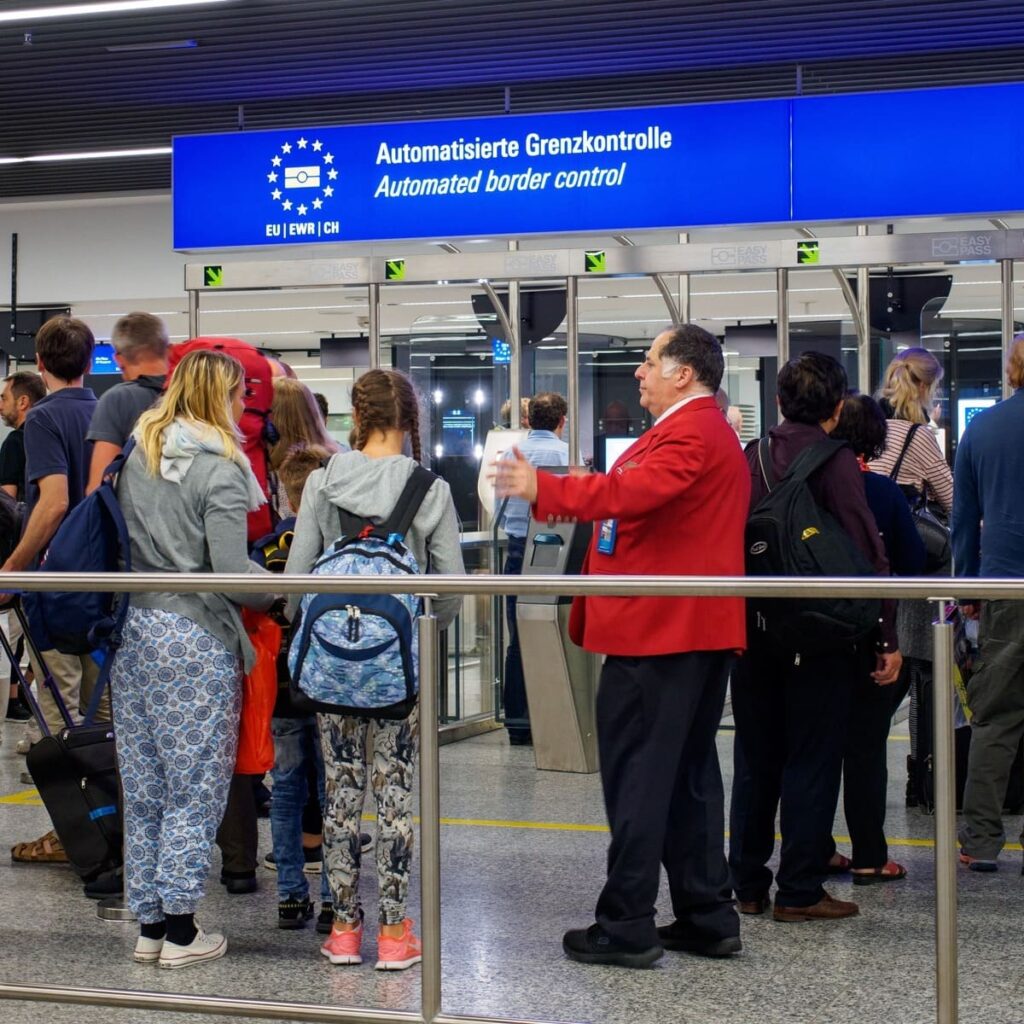
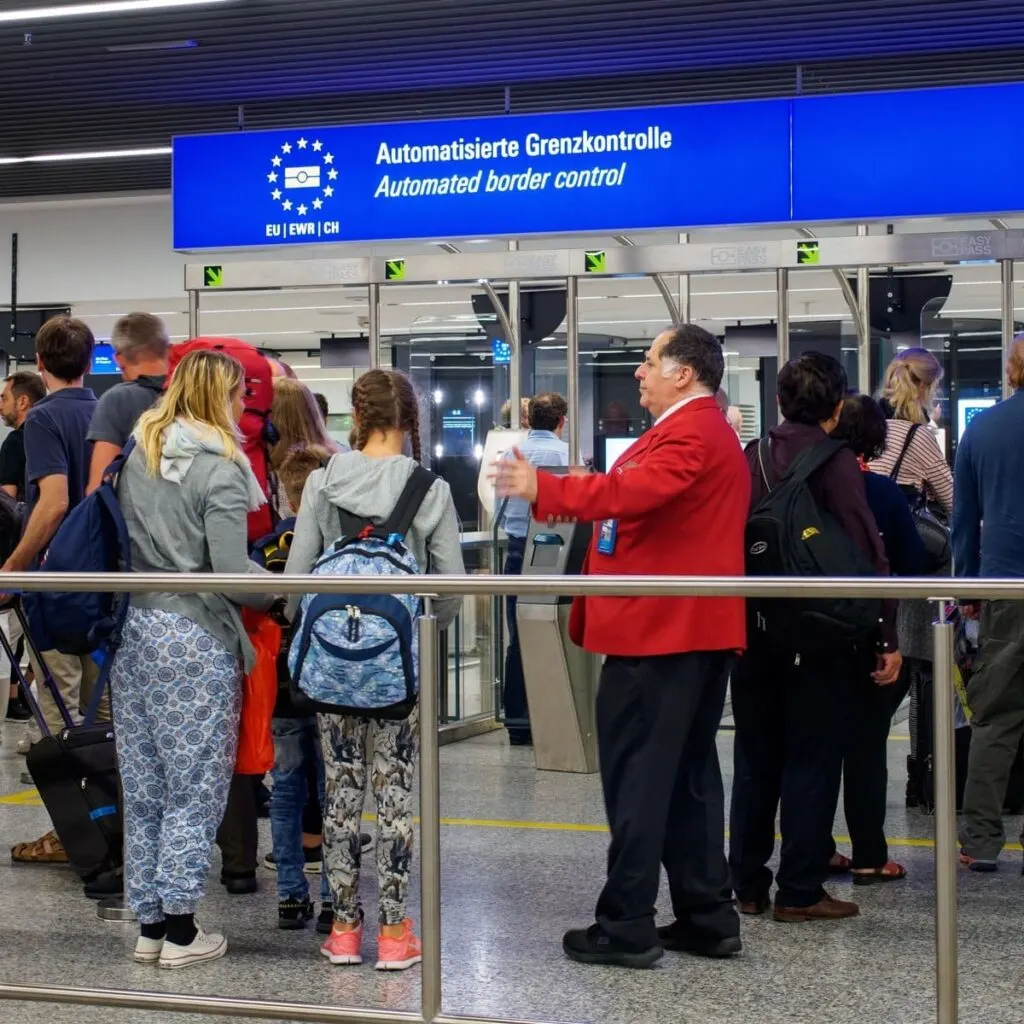
Airports To Keep An Eye On
Based on a consensus of recent traveler reports and official airport statements, these are the current hotspots for potential delays. Remember there are many factors that can affect wait times at immigrations including the time you land and staffing levels.
- Brussels, Belgium (BRU): This is the epicenter so far. The airport has publicly acknowledged “challenges” with the new system, and travelers are consistently reporting immigration queues of up to three hours, causing missed connections and immense frustration.
- Prague, Czech Republic (PRG) : Prague’s Airport debut of the EU’s new EES biometric system was marked by chaos, as non-functioning self-service kiosks forced all non-EU travelers to be processed manually, leading to immigration queues of up to 90 minutes. Travelers can now expect longer-than-usual waits and are being officially advised to arrive at the airport at least three hours before their departure to be safe.
@lucyadams19 Never going on holiday again #fingerprint #faceid #entry #ques #entryexitsystem ♬ Jet2 Advert – ✈️A7-BBH | MAN 🇬🇧
- Rome, Italy (FCO): While the situation in Rome is not the meltdown seen in Brussels, travelers should still be prepared for a new and potentially slower arrival process. The EES system is now operational at Fiumicino Airport, and while widespread, multi-hour delays are not being consistently confirmed by official sources, a significant number of recent on-the-ground traveler reports still point to longer-than-usual queues and confusion at the new kiosks. The bottom line: your entry could be smooth, or it could be slow, so budgeting extra time is the smart move.
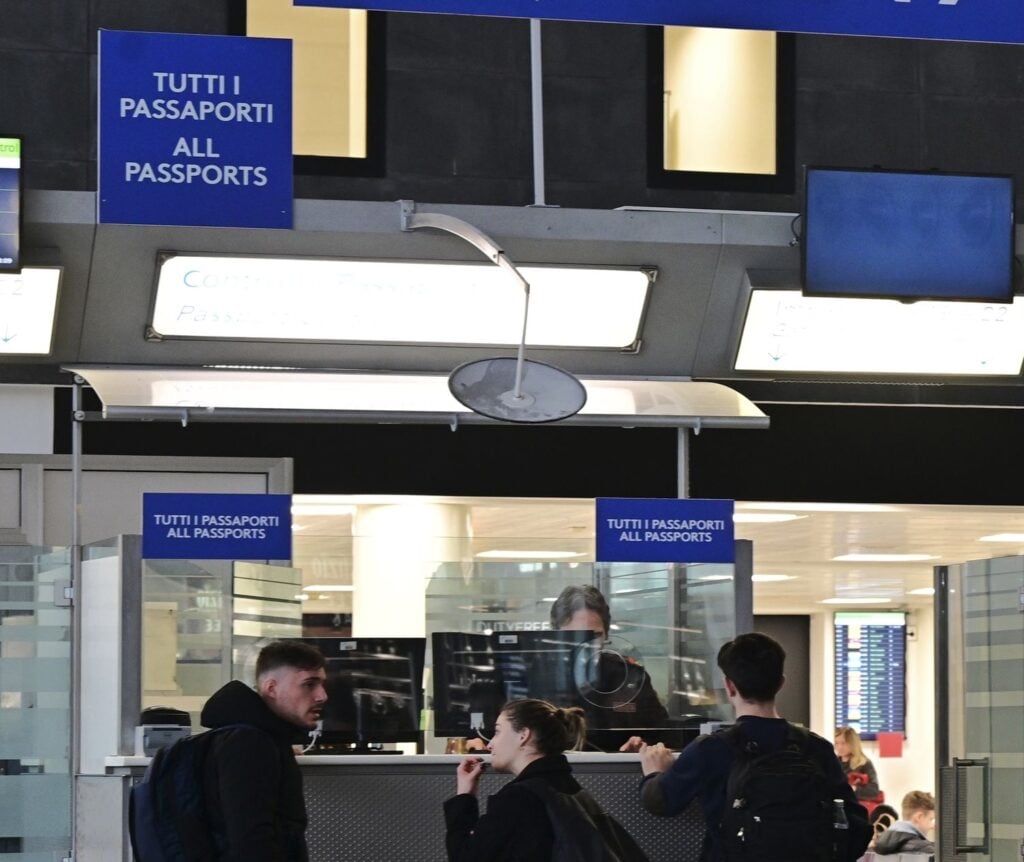
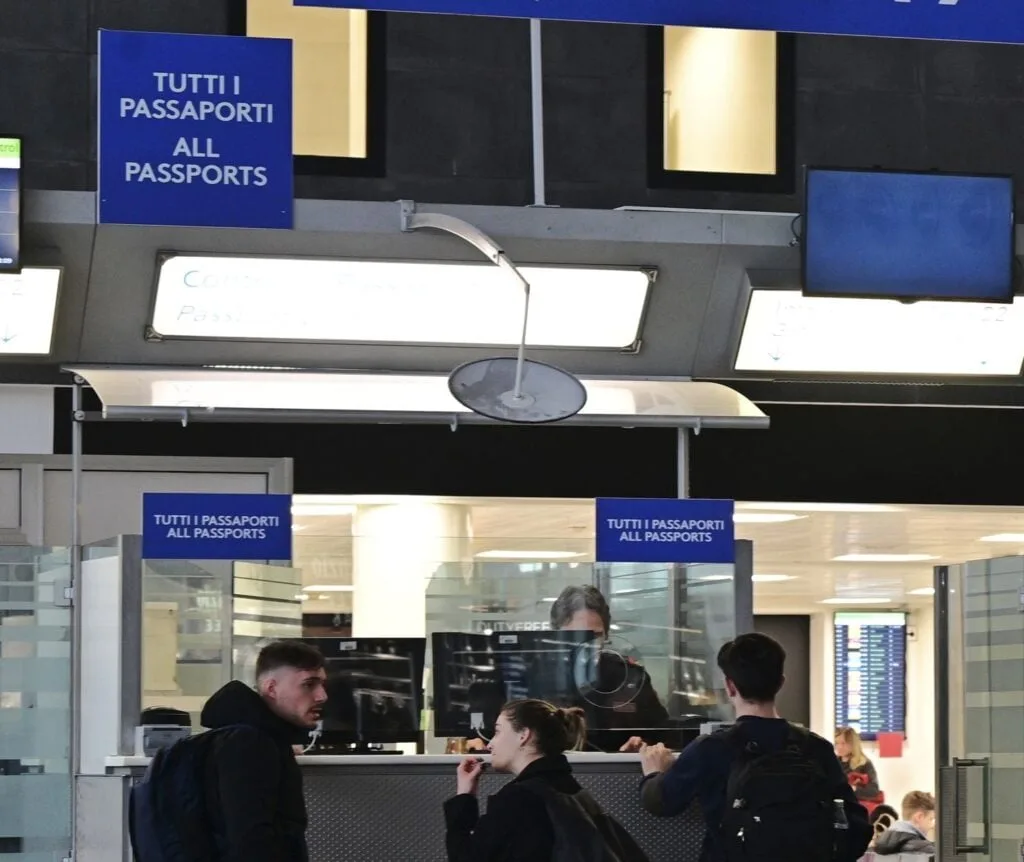
- Spain (MAD & BCN): The situation at Spain’s busiest airports is a clear sign of the changes to come, but the widespread chaos has not yet arrived. Official announcements and traveler reports confirm that Spain is conducting a very gradual and cautious rollout of the EES. This means that while you will see the new biometric kiosks at Madrid and Barcelona, they are being implemented in a phased manner. For now, widespread, consistently long queues are not a major issue, but travelers should be aware that the system is new and the situation is developing.
- Paris, France (CDG): The rollout in Paris is causing some confusion. Charles de Gaulle airport is using a “hybrid system,” where some passengers are directed to the new EES kiosks while others still go to traditional passport booths. While this is not yet causing the kind of severe, multi-hour delays seen elsewhere, a consensus of recent traveler reports indicates that the confusing process can create unpredictable lines. The takeaway for travelers is that the situation is fluid; while you might get lucky with a quick entry, it’s wise to be prepared for a slower and more disorganized process than you’re used to.


Hold On, Is This The Same as ETIAS?
This is a critical point of confusion, so let’s make it simple: No, this is completely separate from the ETIAS.
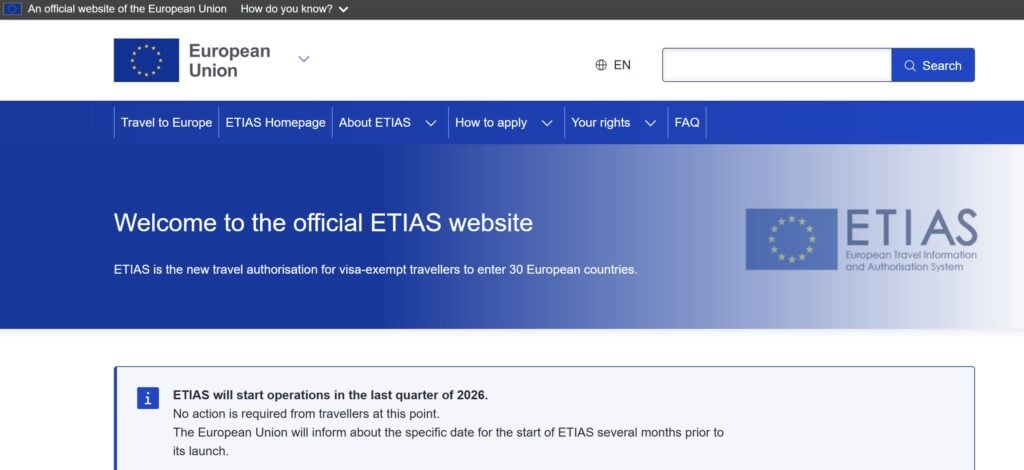
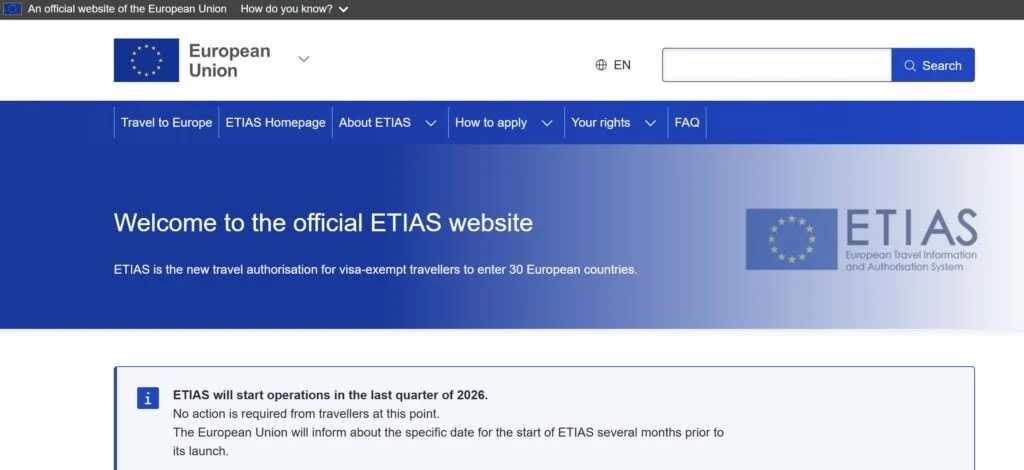
What This Means For Your Trip This Fall & Winter
If you are flying to Europe in the coming months, you need to be prepared for a new and potentially much slower arrival experience.
The Savvy Traveler’s EES Survival Guide
The new biometric rules in Europe are causing confusion. Click below for a 5-step guide to navigating the new system like a pro.
Step 1 of 5
👆Prepare for Biometrics
On your first entry, you’ll use a kiosk to provide four fingerprints and a facial photo. This replaces the old passport stamp.
Step 2 of 5
⏱️Expect Delays & Be Patient
The rollout is causing long queues, especially in Brussels. Arrive patient and prepared for a potentially long wait.
Step 3 of 5
✈️The New 3-Hour Connection Rule
A short layover is now a huge risk. The savvy move is to allow at least three hours for any connection in a Schengen Area airport.
Step 4 of 5
🛂Plan for Your Departure, Too
The EES system also applies when you leave the Schengen Area. This means you need to arrive at the airport extra early for your flight home.
Step 5 of 5
💡The “First Time is the Slowest” Pro-Tip
Your biometric data is stored for three years. This means your first entry will be the slowest, and future trips should be much faster.
You’re Now An EES Pro!
You’ve got all the insider tips to navigate Europe’s new border rules with confidence. Happy travels!
- Connecting Flights are Risky: If your itinerary has a short connection, you are at high risk of missing your next flight. We strongly advise allowing at least three hours for any connection in a Schengen zone country until these issues are resolved.
- Be Prepared for Biometrics: Know that you will be required to provide your fingerprints and a photo. Having your passport ready and following the kiosk instructions is the fastest way through.
- This is The New Normal (For Now): This isn’t a one-day problem. As more countries activate their systems in this confusing, phased rollout, these delays are likely to become more common before they get better.
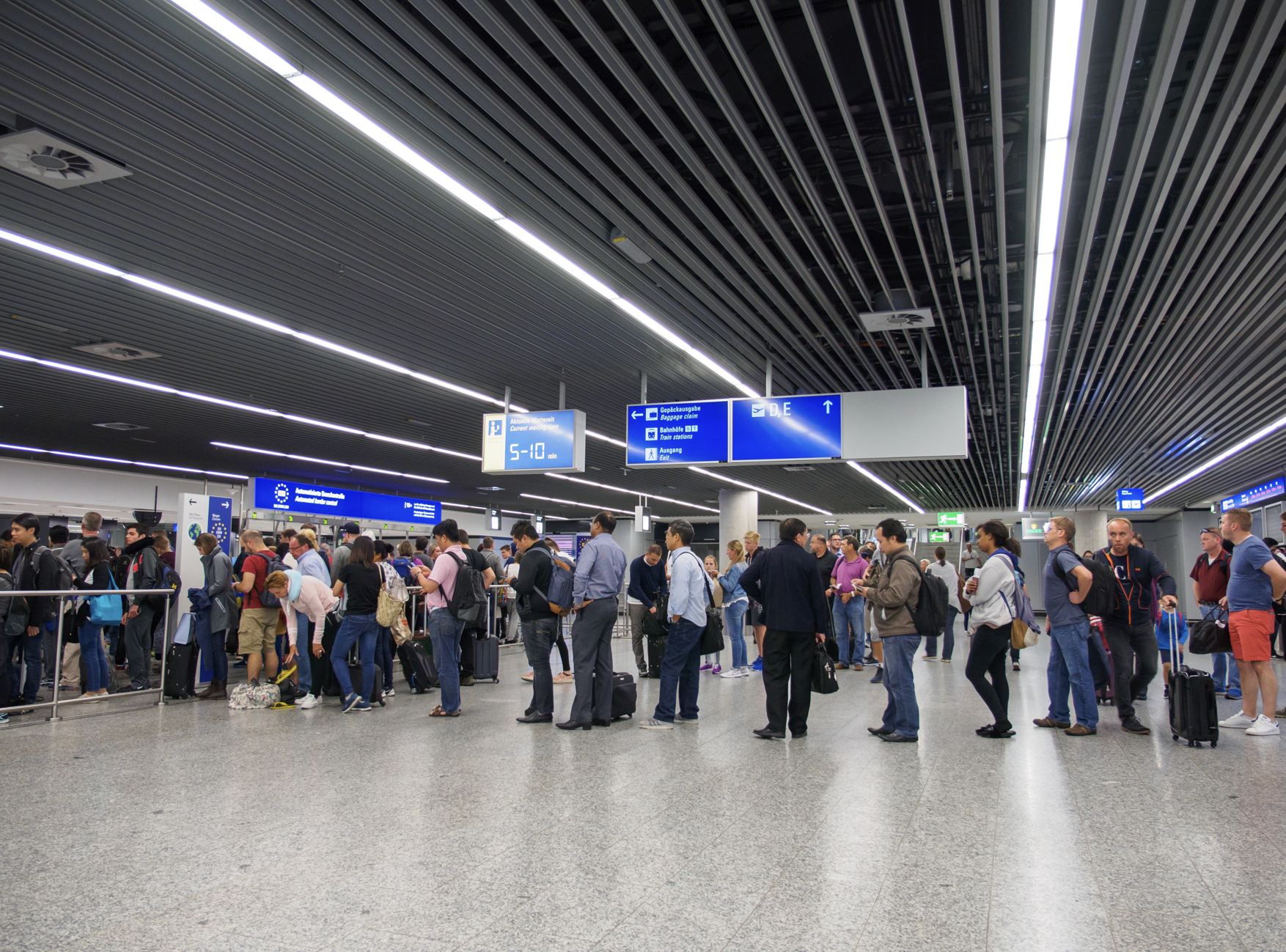
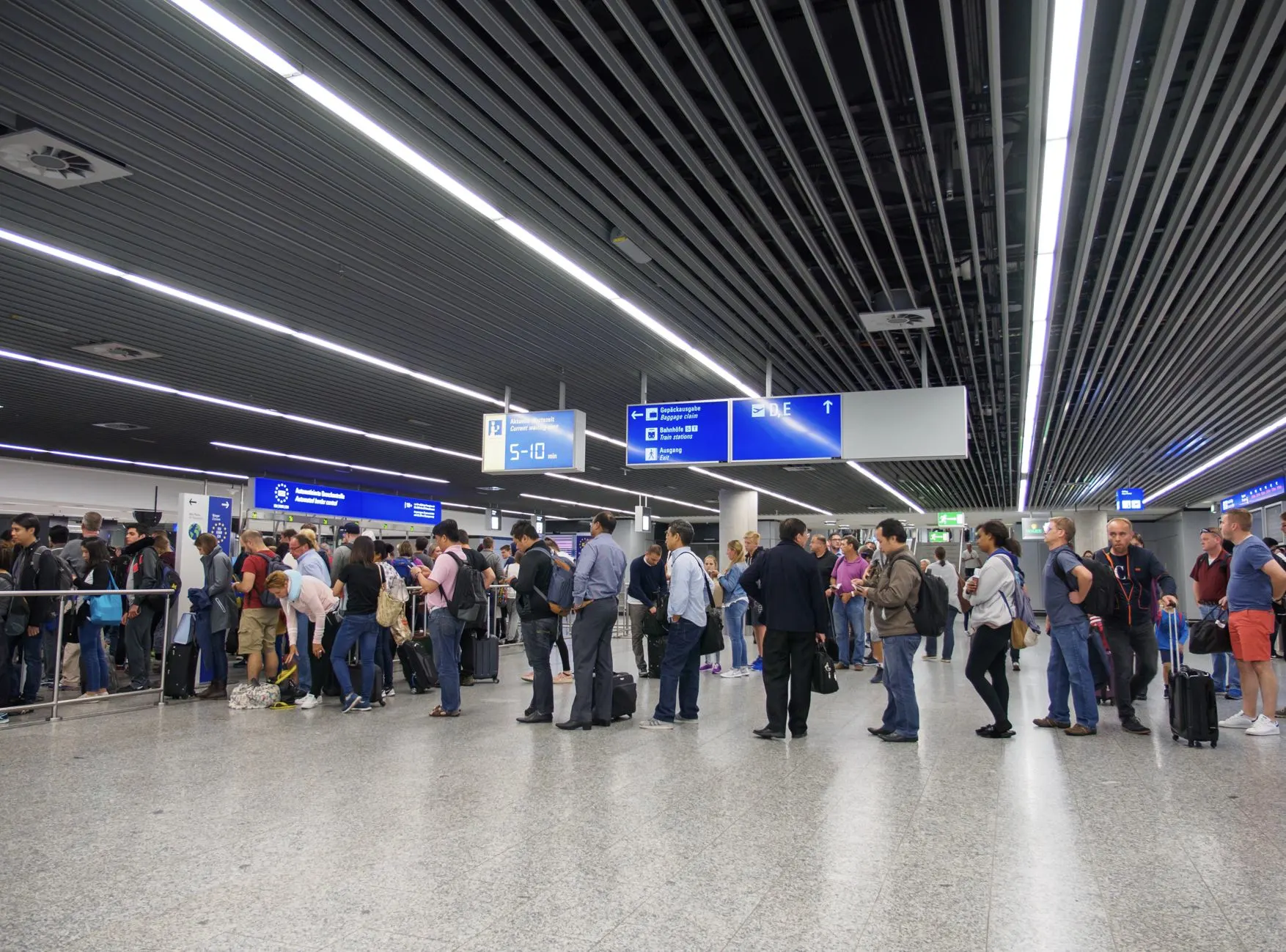
Navigating the world of travel rules can be a headache, but it doesn’t have to be. To stay on top of this and any other changes, the best tool is our 1 Minute Trip Check, which gives you the real-time entry requirements for any destination.
The Travel Off Path Advantage: Your Travel Toolkit
Subscribe To Our Latest Posts
Enter your email address to subscribe to Travel Off Path’s latest breaking travel news, straight to your inbox.

